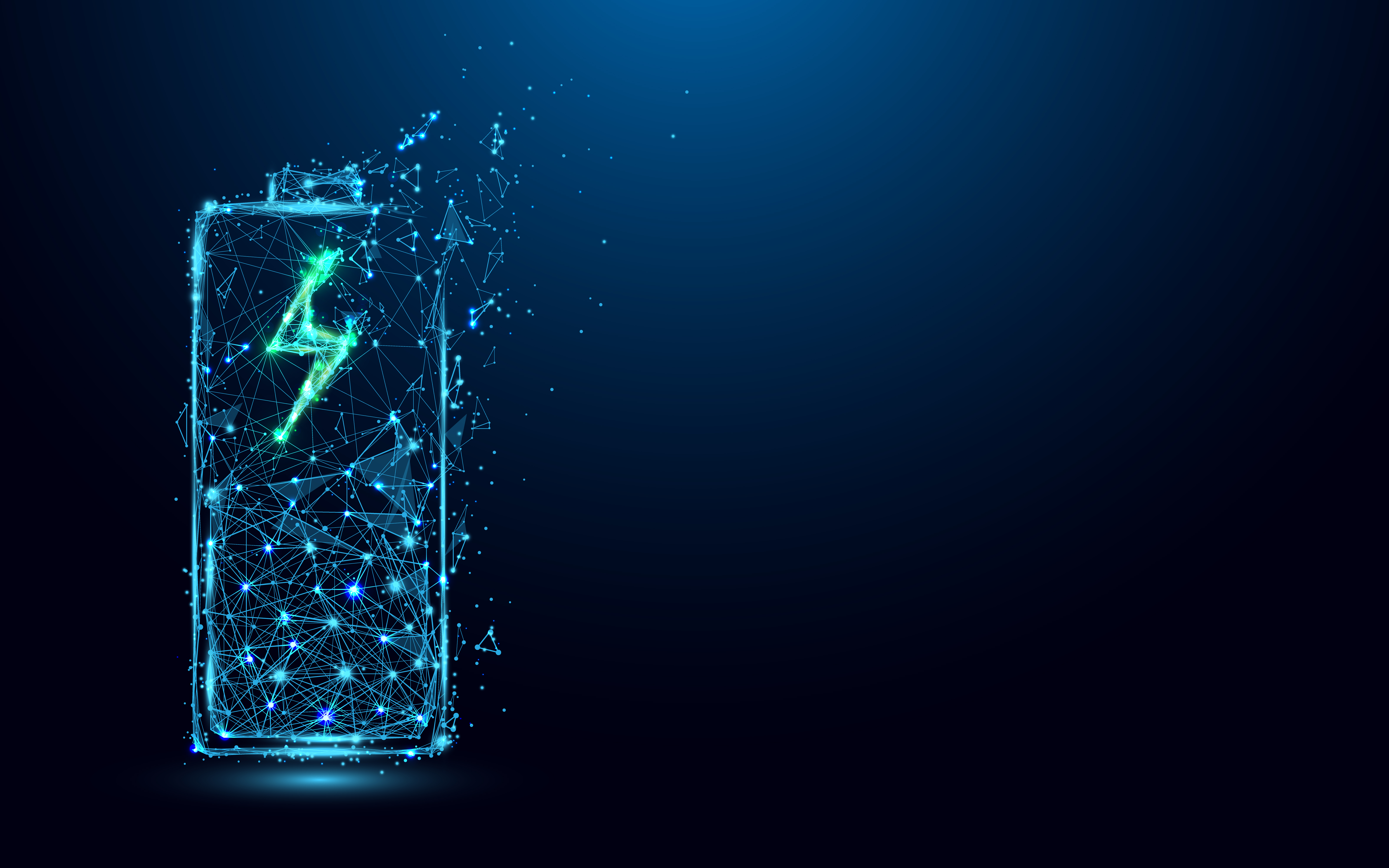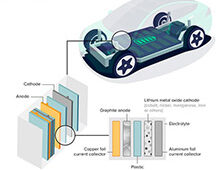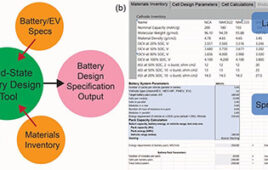
Researchers have discovered a new material that can boost lithium-ion battery performance and increase charging speed, making them more attractive for consumer electronics, solar grid storage and electric vehicles.
Scientists from the Rensselaer Polytechnic Institute (RPI) have found that switching the cobalt oxide in the cathode of lithium-ion batteries with vanadium disulfide (VS₂) could significantly enhance battery performance and charging speed.
“It gives you higher energy density, because it’s light,” Nikhil Koratkar, a professor of mechanical, aerospace, and nuclear engineering at RPI and corresponding author of the study, said in a statement. “And it gives you faster charging capability, because it’s highly conductive. From those points of view, we were attracted to this material.”
Lithium-ion batteries charge and discharge as the lithium ions cycle between the anode and the cathode. Generally, the anode of a lithium-ion battery is made of graphite and the cathode is made of a lithium cobalt oxide.
“The way to make batteries better is to improve the materials used for the electrodes,” Koratkar said. “What we are trying to do is make lithium-ion technology even better in performance.”
While VS₂ has been viewed in the science community as an emerging material in recent years, using it in batteries resulted in shortened battery life due to its instability. However, it was not known exactly why the material was so instable, preventing researchers from devising ways to overcome this problem.
The RPI research team first discovered that the lithium insertion caused an asymmetry in the spacing between vanadium atoms, also known as Peierls distortion. This is responsible for the breakup of VS₂ flakes.
To combat this problem, the researchers covered the VS₂ flakes with an approximately 2.5 nanometer coating of titanium disulfide (TiS₂), which does not Peierls distort, while stabilizing the VS₂ flakes, ultimately improving battery performance.
“This was new,” Koratkar said. “People hadn’t realized this was the underlying cause. The TiS₂ coating acts as a buffer layer. It holds the VS₂ material together, providing mechanical support.”
While stabilizing the flakes, the researchers also discovered that the VS₂-TiS₂ electrodes could operate a high specific capacity or store a significant amount of charge per unit mass. The small size and lightweight of the sulfur and vanadium allow them to deliver a high capacity and energy density and contribute to a compact battery.
Despite being able to charge faster, the capacity did not decrease as significantly as it does with often with other electrodes. The electrodes also maintain a reasonable capacity due to the material being electrically conductive, unlike cobalt oxide.
The study was published in Nature Communications.




